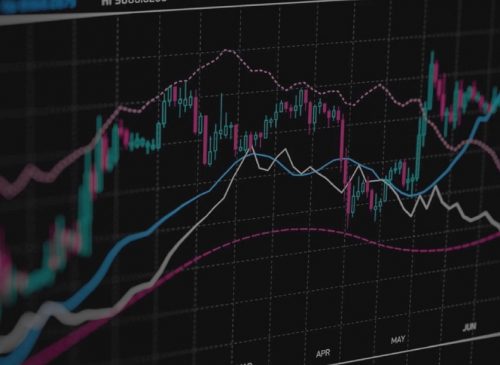
Many tend to think that in order to start a crypto market you need a large amount of capital, that isn't wrong, more is generally better. However, crypto markets and businesses can take advantage of white-label tools, DeFi systems, bots, and liquidity pools. These premade systems allow you to market make yourself and/or 'rent' crypto liquidity.
But what's market-making and crypto liquidity anyway? First liquidity is simply just open orders, liquidity is a shorthand for order book 'fullness'. Liquidity is made by users, traders, and bots all placing limit orders on an order book. Hence the terms 'market order' and 'maker' fees.
In simpler terms. If we talk about a typical crypto exchange it is simply how much BTC is publicly open for sale.
Why even bother with crypto market-making?
Every time you see a nice-looking price chart you can thank market makers. The act of market-making appears invisible but is the building block of how prices form.
Market making and liquidity are rarely a concern until you have your own coin or token that you want to offer. Once you have a coin or new token you will quickly discover the importance of market-making and crypto liquidity.
Why would anyone bother doing the job of market-making? To make money.
Market makers make a living in between the price spreads, or in other words, the difference in price between the ask/sell and bid/buy.

For example, a market maker can place a sell order much higher than the global price and net a profit. Alternatively, they can place a buy order at very low prices and net profit there too. Market makers and crypto liquidity providers will then net profit behind the scenes by simultaneously buying/selling on another platform at cheaper/higher prices, thus locking in profits on each trade. This kind of market-making only really works for mature markets like BTC, ETH or other top crypto markets that have an already established global price.
For new tokens/coins with no existing price and/or market a market maker will often request a hefty monthly fee for managing an empty market.
Many choose to market make themselves and do so with the help of Uniswap or DEX protocols which help supplement new projects but often don't sufficiently provide long-term stable pricing.
How do exchanges get crypto liquidity?
The short answer is users. The long answer is having lots of open bids and asks. This is the best organic way to get liquidity. But starting a market from scratch like this is the ultimate chicken and egg problem.
This chicken and egg can be solved through self-market making on your own exchange and will typically require you to put up your own collateral/funds on offer. There are bots that make this job easier but again, collateral or inventory must be put up in order for the bot to work.
Another solution is to use a market-making liquidity provider that will handle everything for you. They typically have the bots, traders, and expertise in the market to fill your orderbook but they can cost upwards of a few thousand dollars a month just for a single market and will in 99% of cases not provide inventory, meaning high startup costs.
Market makers, at the end of the day, are in the game of arbitrage and are reluctant to put up their own money when they could be using it elsewhere, especially if it is a new market.
Using a crypto white-label exchange provider

Luckily some exchange white-label platforms have built-in liquidity systems covering the larger markets. A solution like HollaEx allows exchange operators to connect to a network of exchanges all of whom are trading with one another which eases the market making experience.
For usage of the liquidity network, there is a revenue-sharing fee charged on every trade made. This fee can be reduced through various HollaEx plans.
HollaEx exchange system also has a simple self-brokerage system that allows token startups to bootstrap and market make for themselves without having to deal with the complexities of an order book.
So next time you are wondering how to make markets for your new crypto marketplace just connect to the HollaEx Network.
Learn how in the how-to docs and/or learn more on YouTube.
Interesting Related Article: "Best Techniques Of Minimizing Trading Risks In The Crypto Market"





No comments:
Post a Comment